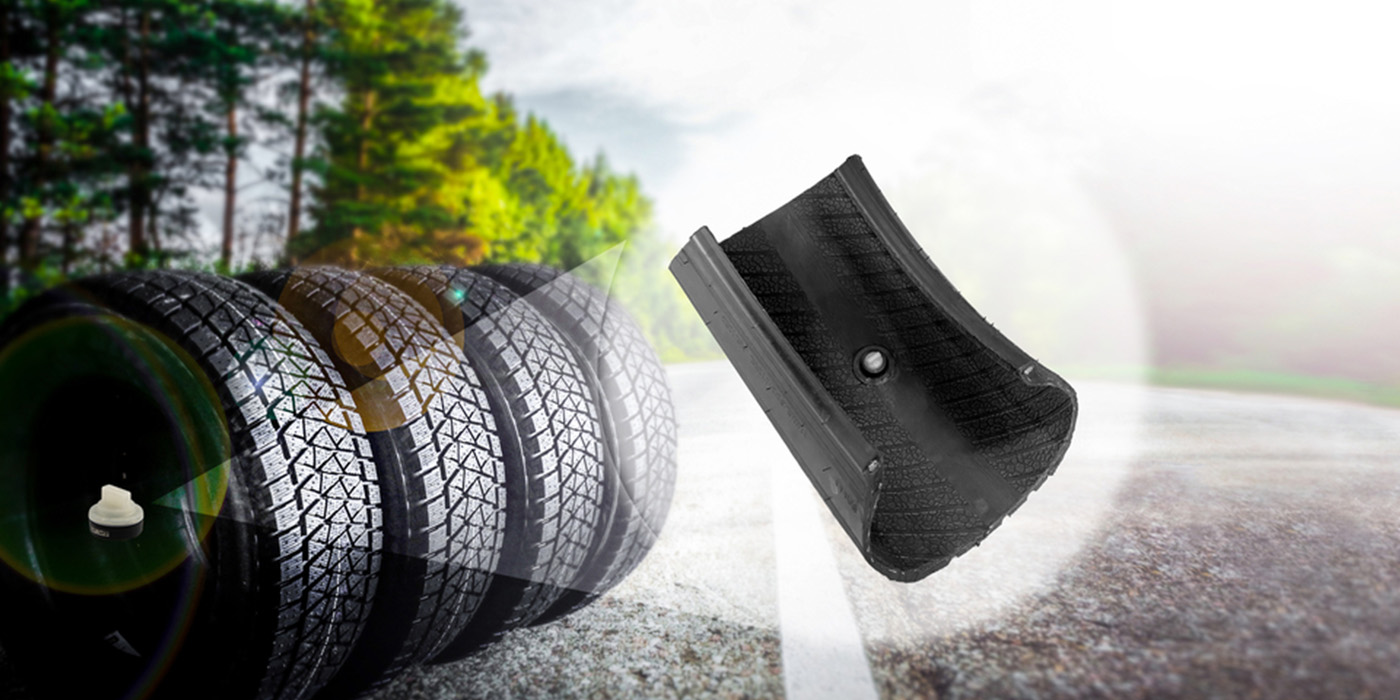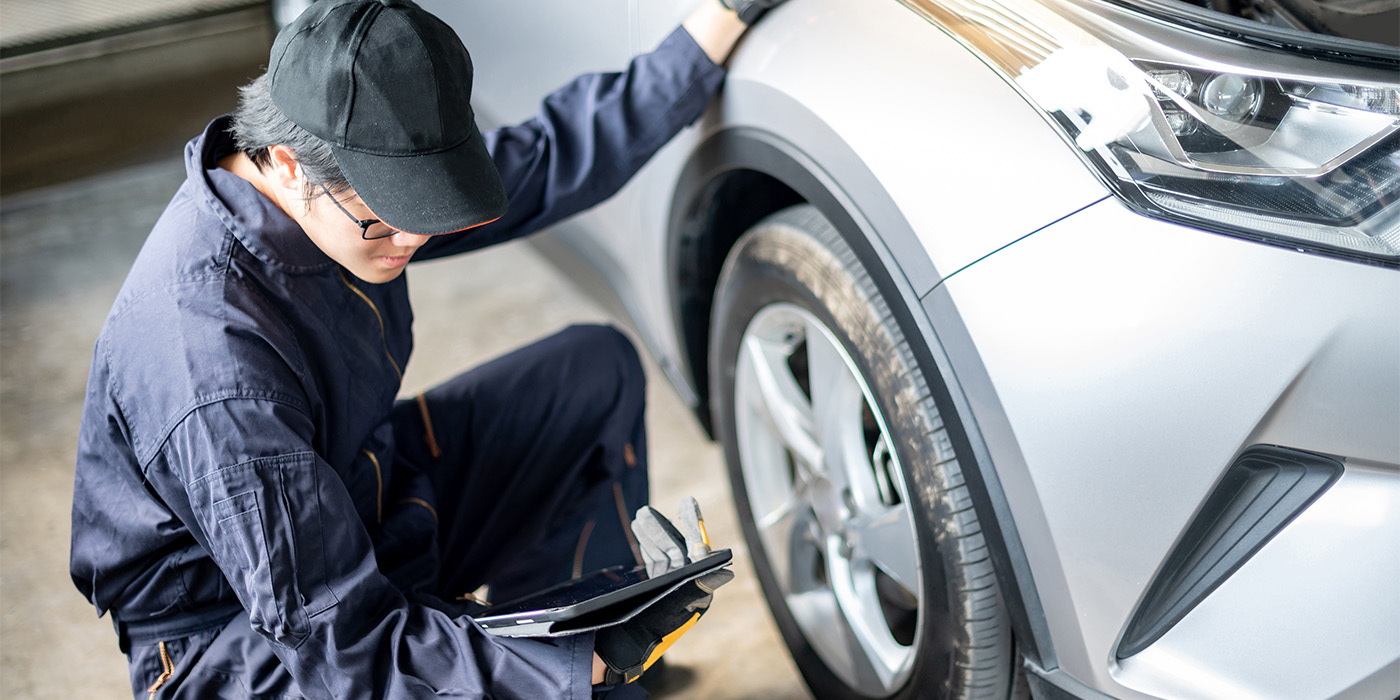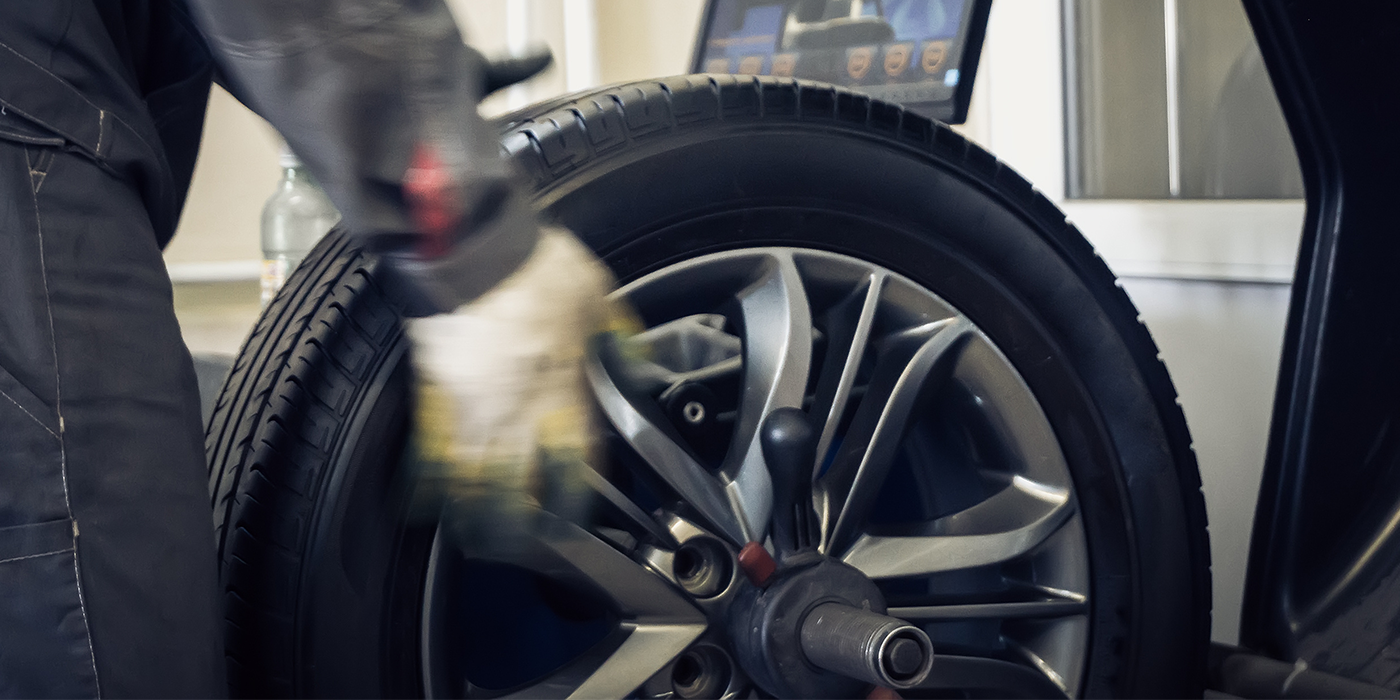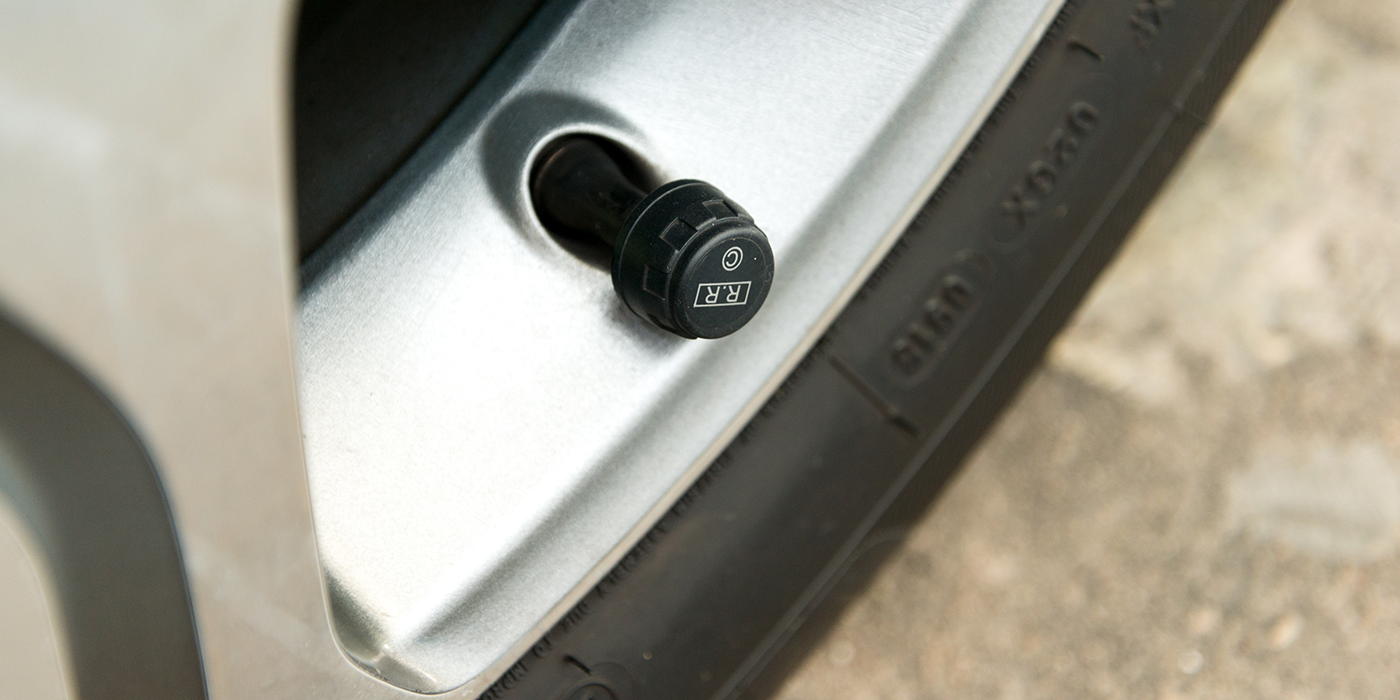In the modern era of reduced vehicle maintenance requirements, it’s easy to develop a complacent attitude toward selling automotive chemicals. But, in our current market, automotive chemicals have become far more than just “snake oil” or “mechanic in a can” products. On the contrary, many are essential tools for keeping a modern vehicle in top-notch operating condition.
To help you capitalize on the modern automotive chemicals market, I’ll break down the most popular chemicals into basic categories of lubricant, solvent, stop-leak, maintenance and shop chemicals.
While we’ll discover that there are some overlapping definitions among these categories, they will help us understand how most popular automotive chemicals are used in modern, day-to-day vehicle maintenance. But before using any automotive chemical, understand its intended use and related precautions by reading its label and enclosed literature. 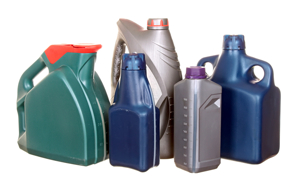
Lubricant Chemicals
If your shop performs a large volume of undercar repairs, you’re definitely going to use a number of automotive chemical lubricants. A typical wheel alignment service, for example, requires a large application of penetrating oil on the tie rod adjustment sleeves, adjustment cams and suspension attaching bolts.
Not only does penetrating oil expedite the removal of rusty bolts, it also allows rusted threaded fasteners to be torqued to specification. Far from being an expense, a regular-sized aerosol can of penetrating oil becomes a profit generator by saving minutes on each job and occasionally adding hours to each day’s productivity numbers.
Many manufacturers sell penetrating oil in money-saving gallon-sized containers. The penetrant can be applied with a common squirt oil-can or plastic spray bottle. But, if your shop prefers aerosol cans, it’s less labor-intensive and less expensive to buy a case as opposed to a single can.
When buying lubricant chemicals, it’s important to know which type to use for specific applications. For example, some chemical manufacturers supply “dry” lubricants that resist attracting dust. These dry lubricants work well for door locks and other body and interior mechanisms requiring a greaseless lubricant that won’t stain clothing or upholstery.
 Weather-resistant aerosol lubricants are required for applications like shift linkages, vehicle-hood latches and truck tailgate latches that are exposed to outside weather. These are generally non-drying lubricants that resist water, snow and extreme temperatures.
Weather-resistant aerosol lubricants are required for applications like shift linkages, vehicle-hood latches and truck tailgate latches that are exposed to outside weather. These are generally non-drying lubricants that resist water, snow and extreme temperatures.
Aerosol silicone and synthetic-based lubricants are generally used on rubber door moldings, moving plastic parts and other non-metallic parts that require dry, non-petroleum-based lubrication.
In contrast, silicone greases are generally synthetic-based, non-hardening lubricants that resist water and extreme temperature changes. Silicone greases are most useful for lubricating small, light-duty moving parts like shift linkages, window register mechanisms, door latches and small gear box assemblies like those found on windshield wiper motors; however, none of these light-duty greases should be substituted for heavy-duty chassis or wheel bearing greases.
Solvent Chemicals
Before using a solvent/cleaner, it’s important to understand that chemicals like aerosol carburetor, throttle body, mass airflow, brake/parts and electrical contact cleaner all have specific formulations and they are not, in most cases, interchangeable.
Aerosol carburetor cleaners are harsh solvents intended to dissolve the hardened carbon and gum deposits collecting on carburetor choke plates and linkage mechanisms.
Throttle body cleaners, on the other hand, are less harsh and are intended to remove the softer deposits forming around throttle plates and idle air control valves without damaging the throttle shaft seals, throttle bore coatings, idle air control valves and throttle position sensors.
Using penetrating oils recommended for this task can also clean hardened throttle body deposits. Cleaning these deposits with penetrating oil might require soaking and brushing the deposits with an old toothbrush, but they can remove hardened deposits without damaging delicate throttle body coatings or shaft seals.
Brake part and electrical part cleaners have similarly different applications.
Some brake part or brake-electrical cleaners tend to be very harsh and will damage plastic electrical parts and painted surfaces. If in doubt about the properties of a specific brake/electrical cleaner, it’s always best to suggest an electrical part cleaner for cleaning plastic electronic connections and other insulating parts.
Again, reading the manufacturer’s label before selling to the customer is a good way of avoiding incorrect and potentially damaging recommendations.
Stop-Leak Chemicals
Stop-leak chemicals are generally designed to reduce minor fluid leaks on older vehicles. Because a large volume of stop-leak products are sold to an amateur market, it’s important for you to read the labels on these chemicals before using any product for a specific use.
When used as instructed, cylinder head gasket stop-leaks can often prolong the service life of a leaking cylinder head gasket and occasionally provide permanent repair if the leak is caught in time. In contrast, cooling system stop-leaks are designed to seal small seeps and pinhole leaks that develop in radiators and around the external edges of cylinder head gaskets.
Because heat tends to harden neoprene oil seals, gaskets and hoses, many stop-leak manufacturers design chemicals to soften and slightly expand these materials to their original dimensions.
Applications include power steering, automatic transmission and engine oil stop leaks. Because these additives often include oil supplements designed to blend with power steering, automatic transmission and engine lubrication oils, they are not interchangeable.
In any case, using a stop-leak can reduce fluid leaks to manageable levels and reduce the potential for immediate and expensive repairs.
Maintenance Chemicals
To simplify, I’m including engine and powertrain oil additives under the category of automotive maintenance chemicals. At the outset, it’s important to understand that many modern engine and powertrain oils are becoming application-specific, which means the oil used in these vehicles must contain an oil base and additive package that will extend oil service life to 10,000 or more miles.
Due to warranty considerations, some auto manufacturers might not recommend the use of engine oil additives in an engine that requires application-specific engine oils or that uses extended oil change intervals.
With that said, many neglected engines might require a solvent oil additive or other lubricating additive to either clean or provide additional lubrication to the engine’s internal parts. Most oil additives will fall into this category and most, when used under these circumstances, will provide a benefit.
Other oil additives might claim to extend engine life or improve the lubricating qualities of engine oil. Obviously, I can’t make a general comment that will apply to all engine or powertrain oils and oil additives; choosing such an additive is largely up to the consumer. In some cases, an additive might provide a benefit. In other cases, it might not. Either way, you need to be aware that using unauthorized oil additives might void some auto manufacturers’ powertrain warranties.
Other maintenance chemicals could include fuel additives intended to clean fuel injectors and reduce carbon formation on intake valves and combustion chambers. In most cases, installing a fuel system detergent during each oil change can maintain the performance of the fuel injectors.
In contrast, alcohol-based fuel additive chemicals are designed to prevent wintertime fuel line freeze-ups. Isopropyl alcohols tend to be the most effective de-icers because isopropyl transports the water out of the fuel tank into the engine’s combustion chambers.
Shop Chemicals
The solvents, lubricants, sealants, adhesives and other compounds used in the day-to-day business of repairing modern automotive vehicles can be classified as shop chemicals.
Solvent chemicals like aerosol carburetor, throttle body, MAF, brake/electrical and electrical contact cleaners are used each day to clean automotive parts. Lubricants might include chemicals like penetrating oil, dry lubricants, light greases and synthetic lubricating products. Sealants might include weather strip adhesives, the various silicone gasket sealing and gasket-making compounds and thread-locking compounds.
Other chemicals commonly used in shops might include aerosol gasket-
removing chemicals used for removing hardened gaskets from metal parts and anti-seize compounds used for installing exhaust systems, oxygen sensors and corrosion-sensitive parts. For maximum productivity, every shop should have at least a small working inventory of these diverse kinds of automotive chemicals.










